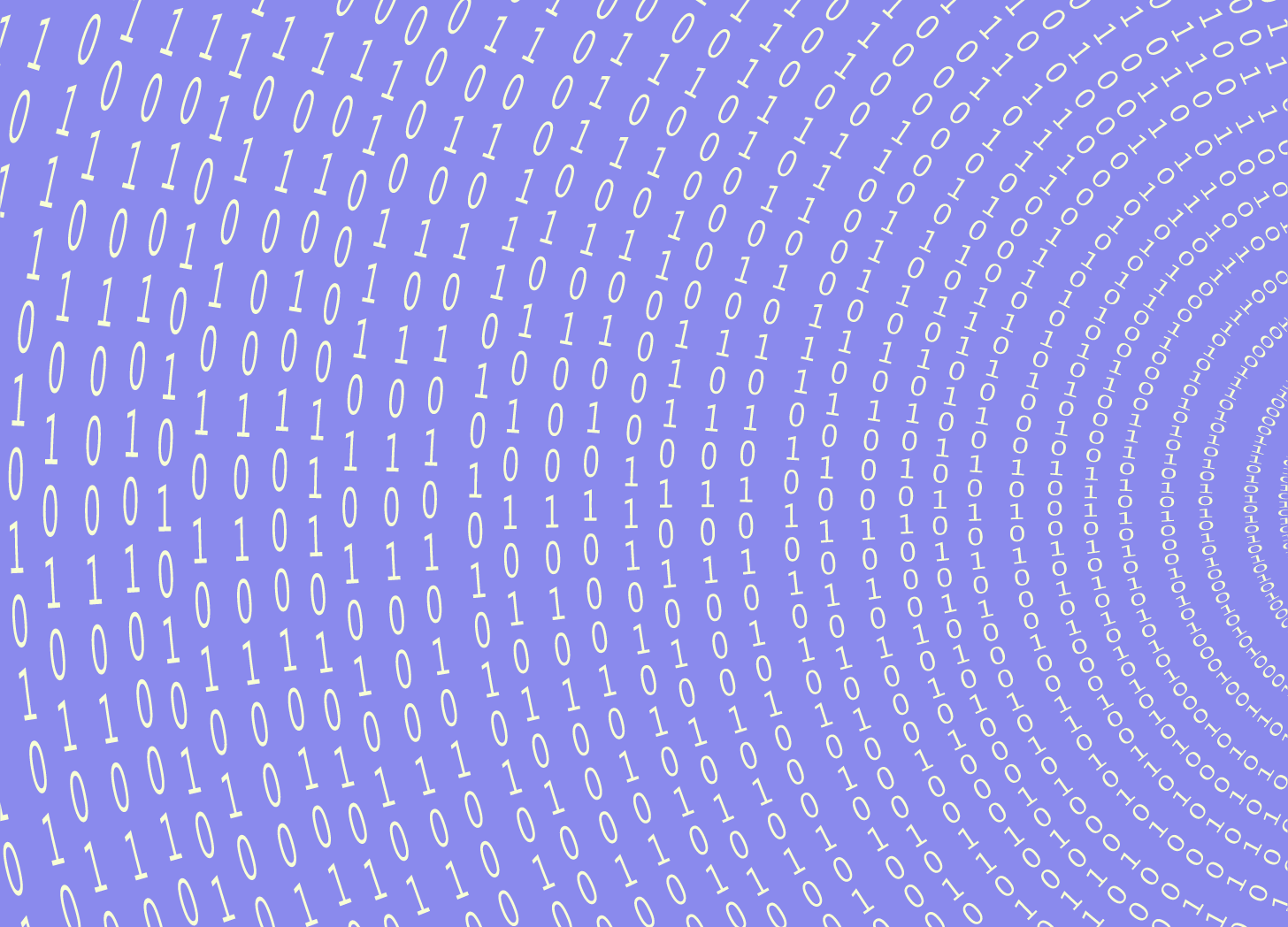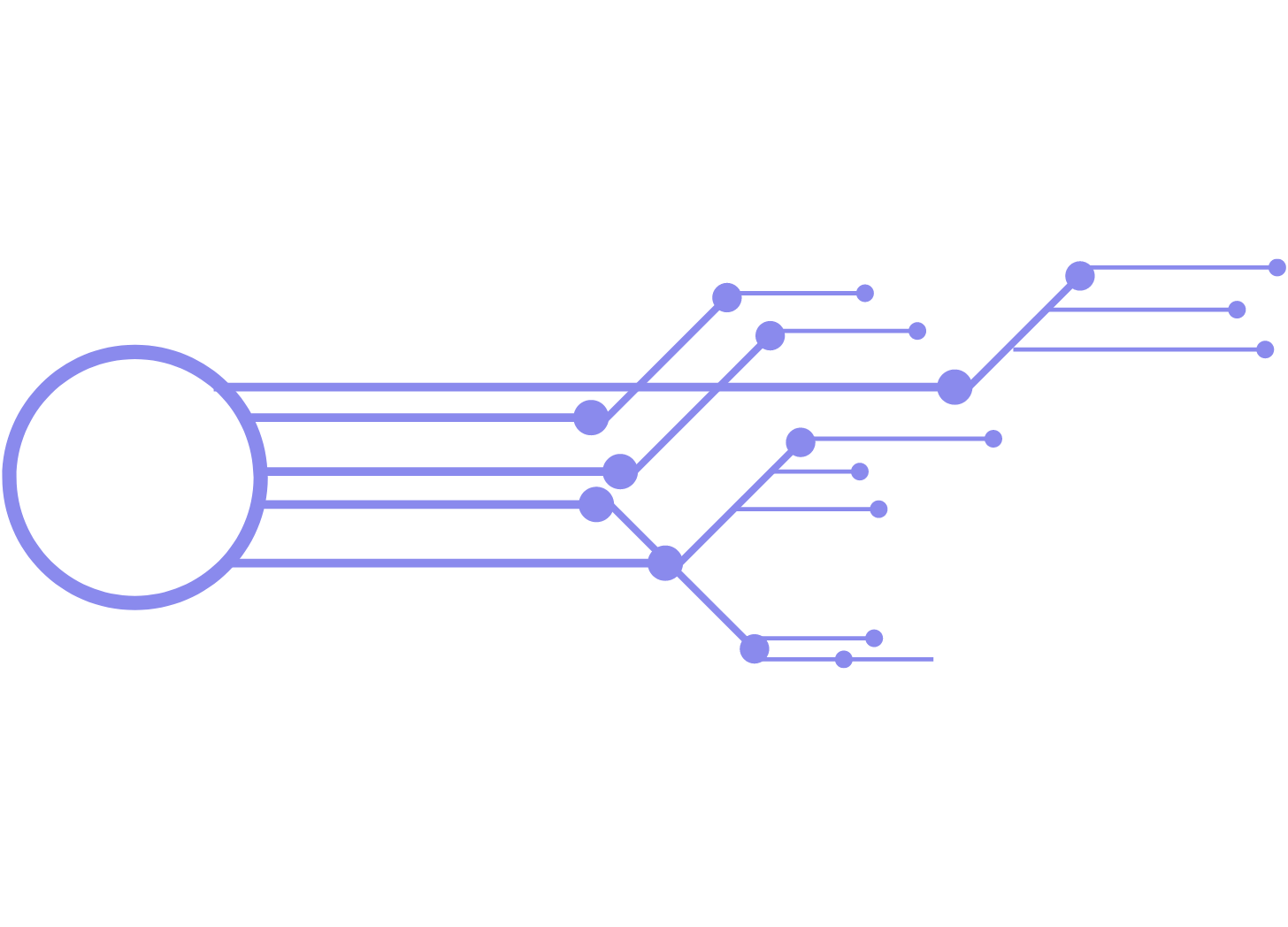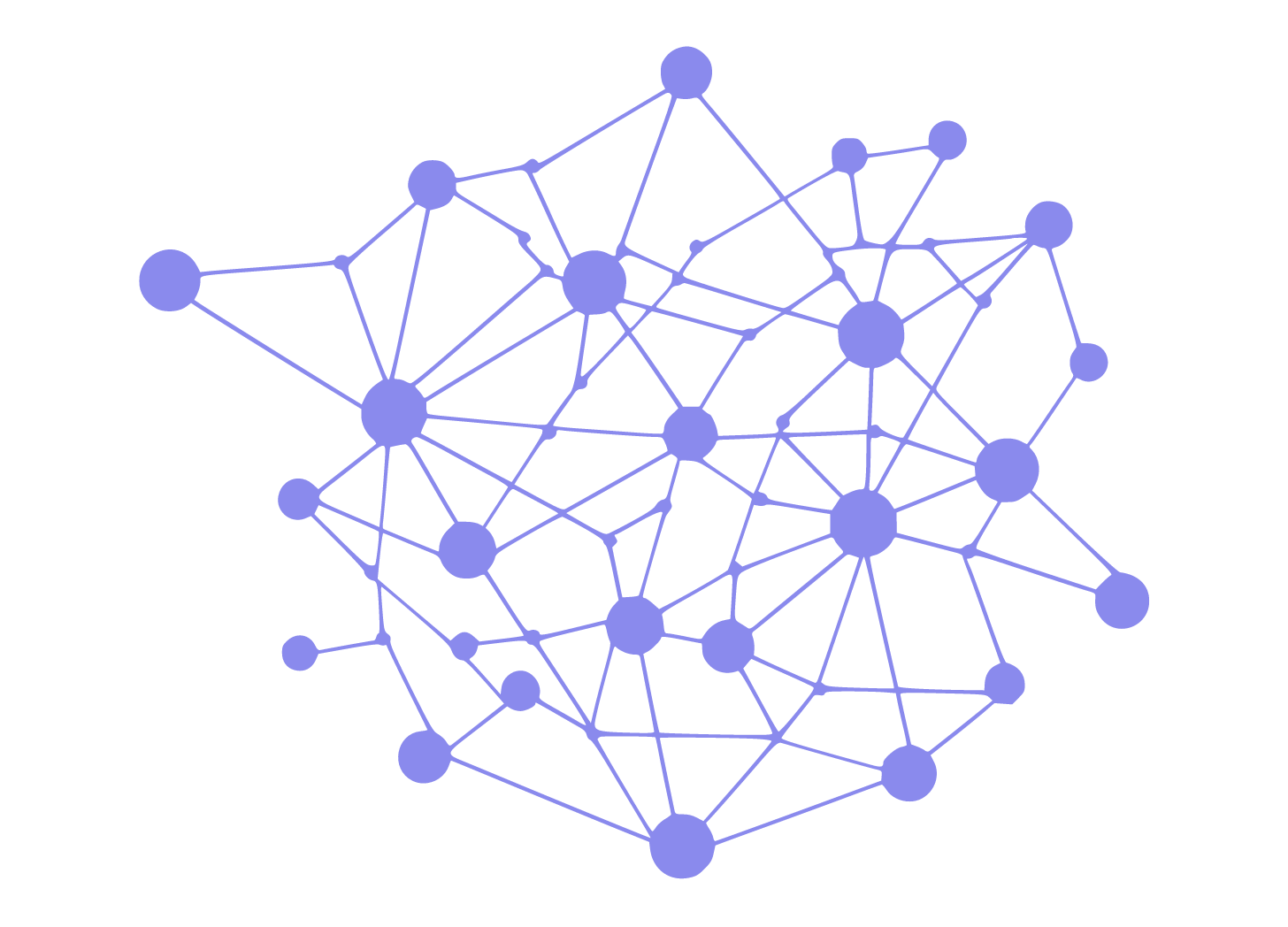How do we have healthy discussions about AI?
Thoughts from a technology journalist and creative writer on how to approach AI without ripping each other's heads off.
My partner and I own a board game called “Mind Crushers.” It’s less a board game than a conversation starter: Each card offers a bizarre hypothetical scenario meant to spark friendly and impassioned chatter. The first (and only) time we played it was with my best friend, who was visiting from out of town. It was the summer of 2022.
“It’s the future! All the best art is now made by artificial intelligence,” our first card read. “Music, poetry, movies, the whole enchilada. So, is this awesome, or are you some dipshit that thinks this robs humanity of its soul or something?”
I’m waving my hand right now. Hi, hello—proud dipshit over here. While this card makes me wince to read today, this was two and a half years ago, and ChatGPT wouldn’t unleash hell on the internet for another few months. I was quickly rankled by the theoretical, hypothetical, not-real-yet possibility of computers making art on humans’ behalf, and I made that very clear to my partner and friend. This kind of killed the vibe, and that was the end of Mind Crushers.
Just a month or two later, the world discovered DALL-E. The AI-powered image generator had existed for nearly two years, but it had just become more accessible to everyday internet users, and the meme potential was limitless. So, too, were the implications for art. That November, OpenAI unveiled ChatGPT, and the questions regarding legitimacy, meaning, and intellectual property that swirled around visual art suddenly applied to the written arts: poetry, screenwriting, songwriting, novel drafting, and more.
I do not need to recap the ways in which AI has weaseled into every last corner of our lives since then. Instead, I’m interested in asking those members of the creative community who are potentially or already impacted by AI—that is, every single one of us—how we might craft healthy conversations around this bizarre and seemingly omnipresent technology.
How can we discuss AI’s evolution without catastrophizing? How can we weigh its benefits and disadvantages without jumping at each other’s throats? Perhaps most importantly, how can we create a united front against AI-related harm despite our differences of opinion and without losing sight of what matters most: our ability to make, share, protect, and live off of (if we choose) our creative work?
I’m a long way from gathering all the answers to these questions. But as a technology and science journalist, I write about AI nearly every day, which forces me to reckon with the ways in which AI might intersect with my own interests, craft, and values. Here are a few strategies I employ in my conversations about AI and in my long, exasperated noodlings:
Assume positive intent.
This is a tough one in all areas of life, but especially when we’re attempting to judge someone’s intent from behind our respective keyboards. Those of us who (justifiably) do not appreciate a vast majority of generative AI applications are often quick to assume AI proponents are soulless, lazy, or greedy; those who (understandably) find generative AI to be convenient or entertaining often see those wary of its use as bleeding-heart idealists who are afraid to “get with the times.” Few of us truly belong in either category, and assuming our conversation partners are one or the other only fosters a stonewall mentality. This prevents us from having meaningful conversations about AI’s diverse range of uses, virtues, or shortcomings.
This doesn’t mean we have to feed the trolls, however. There are some people who genuinely do not care about the deep, emotional work artists put into their craft and just want to make money off of quick, cheap, AI-generated products. There are also people who see “AI” as a bad word. Neither person is likely to engage in a productive conversation; our time and energy are better spent elsewhere.
Be specific.
AI is such a vast category that it has an application within virtually every industry or discipline. Right now, AI is being used to screen patients for deadly diseases before symptoms begin to show; create new accessibility devices for blind folks; help migrating whales avoid ship collisions; force the ultra-rich to finally pay their taxes; and find life on Mars, among hundreds of other things.
When creatives take issue with AI, it’s usually generative AI we’re concerned about: tools that are trained on vast amounts of “public” data in order to generate visual, written, or audio content based on prompts. But even that has its nuance. Some of us cheered when a US District judge ruled last year that AI-generated art could not be copyrighted, but some missed that the ruling only applied to art that lacked human input. Art also has different legal protections than other “content” categories, like computer software and architectural work. We don’t have to become lawyers or machine learning experts, but staying informed on the AI applications and regulations that impact our specific interests will help us prevent confusion and frustration later on.
Speak for yourself.
Today’s activist circles are busy untangling the well-intended yet ultimately harmful motive to “give a voice to the voiceless” and replacing it with “uplift others’ voices.” Creative communities could stand to do the same. The proliferation of generative AI has prompted many (usually abled) people to claim that Midjourney, DALL-E, ChatGPT, and other platforms will finally enable disabled artists to create the art they’ve always wanted to make. Whether these statements are meant to inspire or serve as a defense of generative AI doesn’t necessarily matter; when they’re made by abled artists, they serve to silence the very artists they claim to advocate for. (In this particular example, these claims are also untrue: disabled artists have brought their creative aims to fruition for centuries.)
When in doubt, we’re better off speaking to our own experiences, values, and opinions rather than those of an entire community to which we don’t belong. We also have plenty to learn by looking to those communities directly and amplifying the voices that exist there. What do people from outside of our experiences have to say?
There’s less to be gained from deciding right now whether we like or dislike AI than there is by discussing the technology productively. And with firms like OpenAI and Microsoft continuing to develop generative AI platforms, the topic is likely to become unavoidable (if it’s not already). The least we can do is not rip each other’s heads off over it.
What’s been inspiring me lately:
✰ On Freedom: Four Songs of Care and Constraint by Maggie Nelson. This is one I have to chew slowly, but oh, boy, it’s beautiful. As I shared on Instagram this week, I’ve never annotated a single book more in my life.
✰ Refuse to Be Done by Matt Bell. Most books on writing and revision are not only a drag, but also a bit self-aggrandizing. This one is neither. I pulled a lot of insight from Refuse to Be Done and much appreciated Bell’s humble perspective. Imagine my delight when I found out that Bell teaches at ASU and moderated an event I attended at my local bookstore a few weeks ago!
✰ My newly-formed Monday evening writing group. It’s been such a treat to know that each week, I’ll sit down with a few other gals to work on our respective projects and seek out each other’s wisdom, solidarity, and humor. If you’re reading this, you know who you are: thank you.






